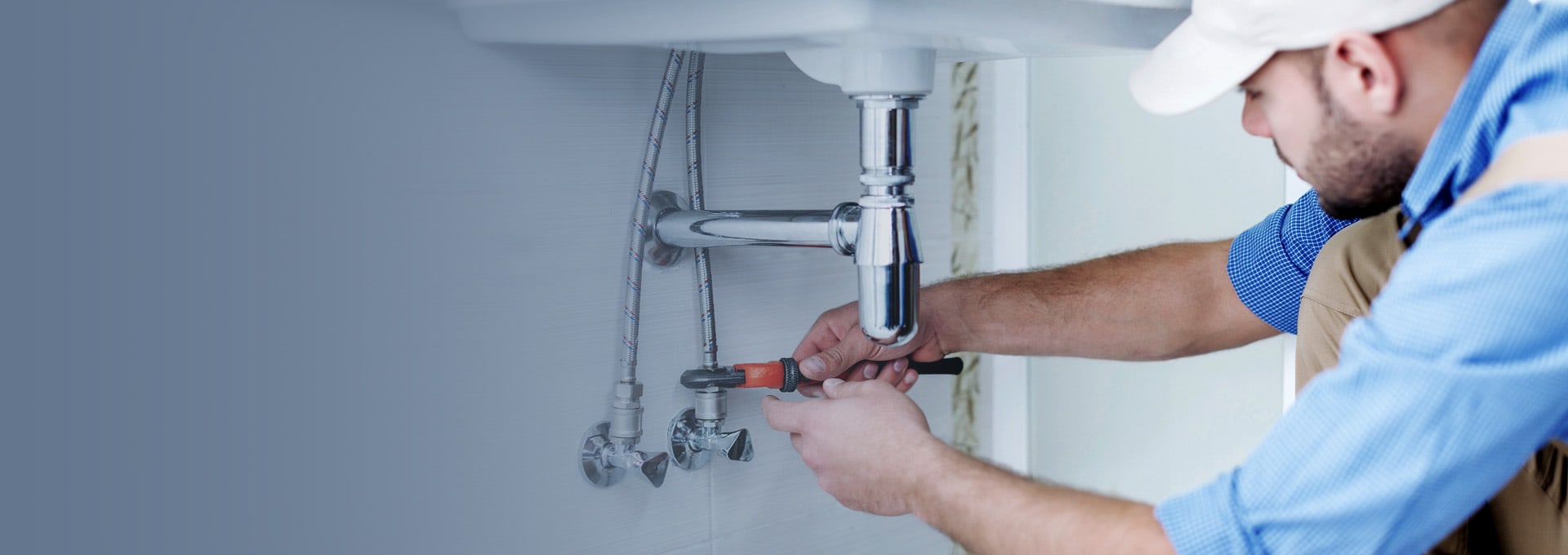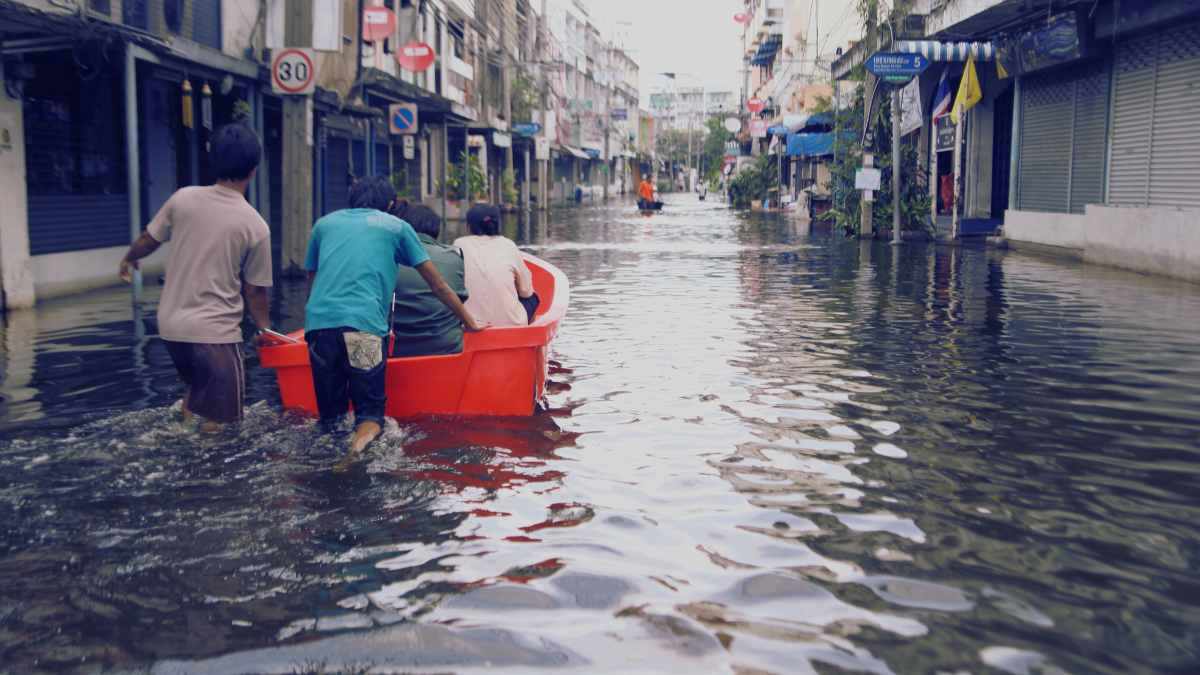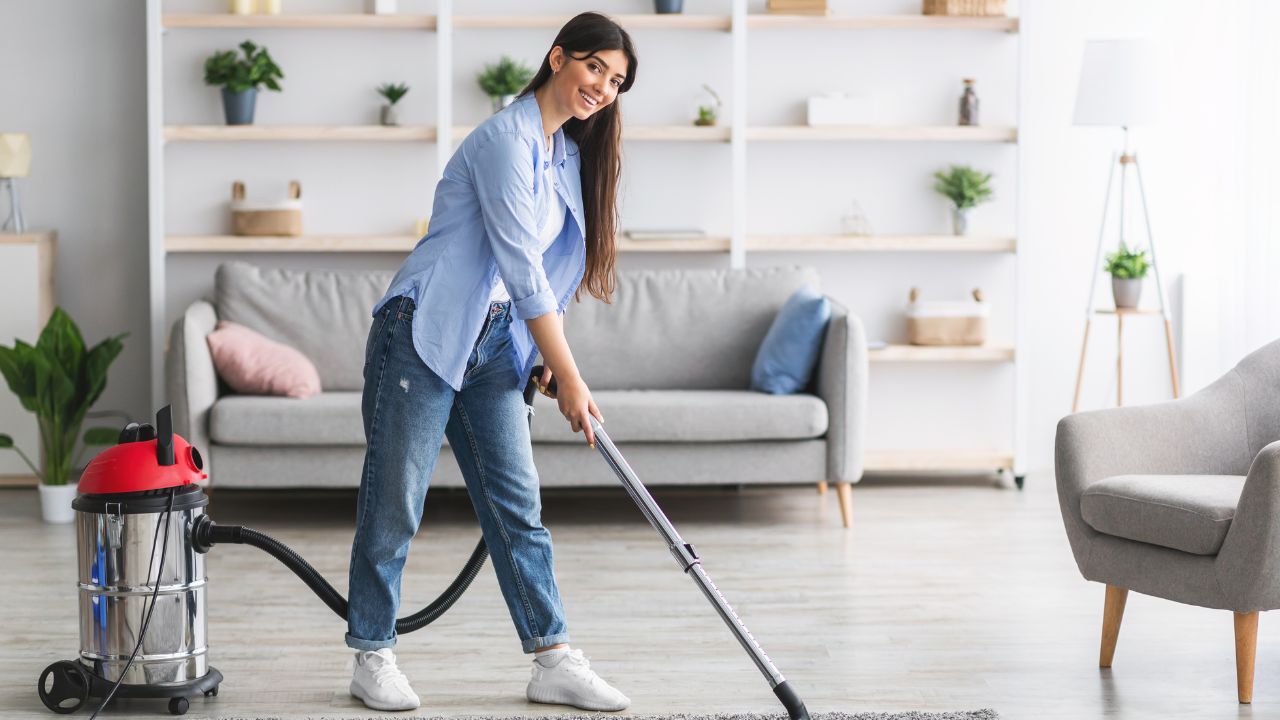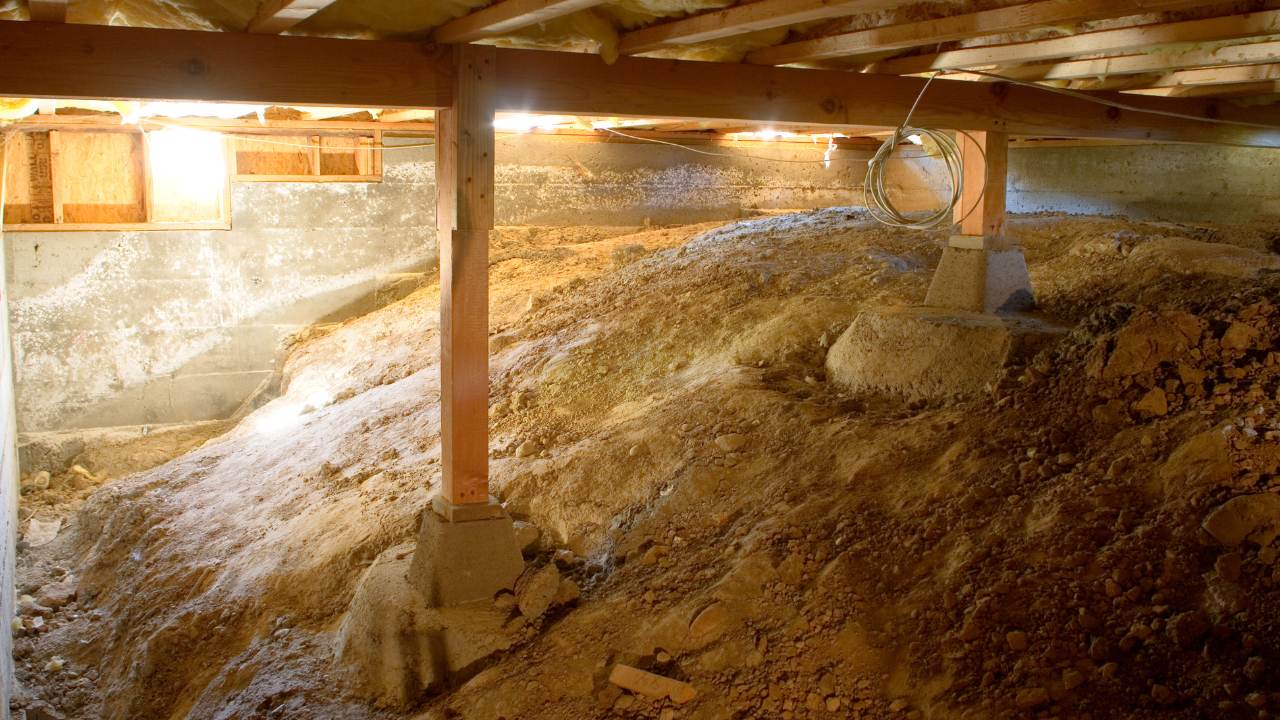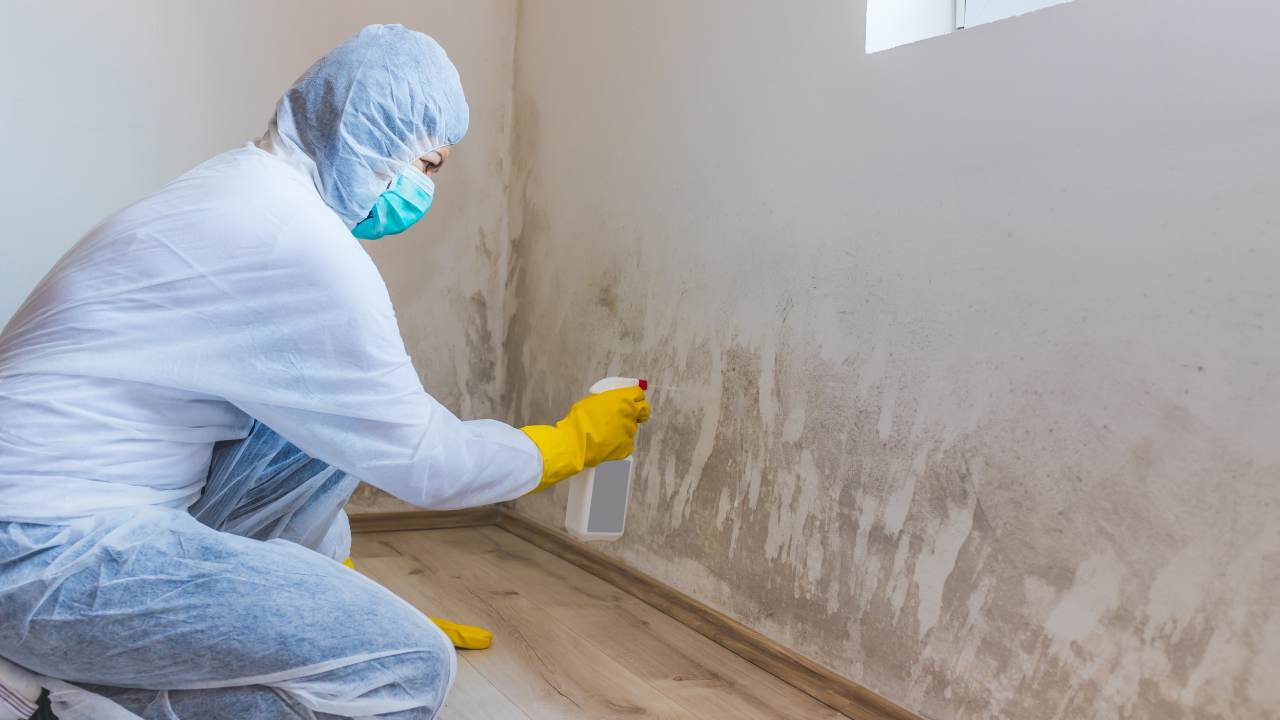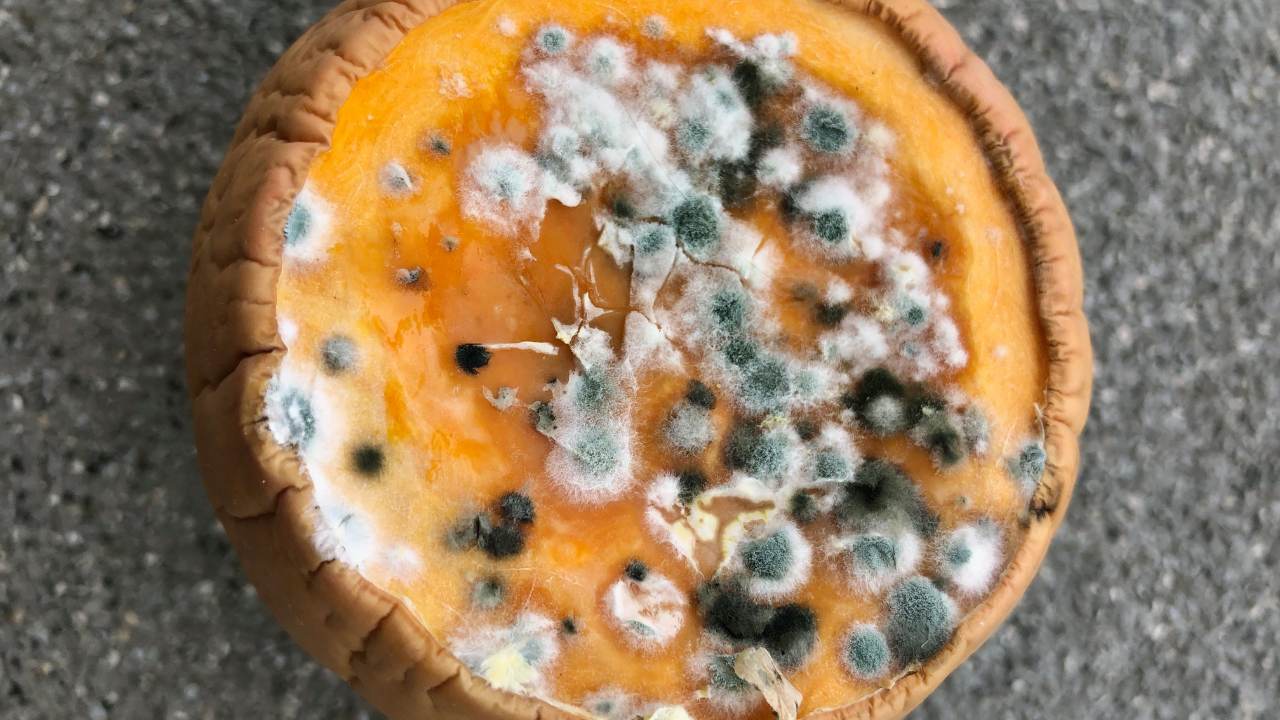Water damage can wreak havoc on your home, turning your sanctuary into a soggy nightmare. In Springfield, VA, residents face unique challenges when it comes to dealing with water damage, whether from heavy rains, flooding, or plumbing issues. If you’ve experienced water damage, understanding the restoration process is crucial for not only recovering your property but also preventing future issues. This guide will walk you through the essential steps of water damage restoration in Springfield, VA, ensuring you’re well-equipped to handle any situation that arises.
Knowing what to do when disaster strikes can save you time, money, and stress. This comprehensive resource will provide you with the information you need to restore your home effectively. From identifying the source of the damage to selecting the right restoration professionals, we’ll cover all the key components of the restoration process. So, let’s dive into the crucial aspects of water damage restoration in Springfield, VA, and equip you with the knowledge to protect your home!
20 best water damage restoration in springfield va
Understanding Water Damage
Water damage refers to the harmful effects caused by water intruding into areas where it can cause destruction. It can stem from various sources, including natural disasters, burst pipes, or even appliance malfunctions. In Springfield, VA, the humid climate can exacerbate these issues, making it essential for homeowners to understand the potential risks and act quickly.
Steps for Effective Water Damage Restoration
When faced with water damage, following a systematic approach will ensure that your property is restored safely and efficiently. Here are the key steps to take:
- Identify the Source: The first step in the restoration process is identifying the source of the water intrusion. Whether it’s a leaky roof, broken pipe, or flood, pinpointing the cause will help in addressing it promptly.
- Contain the Water: If safe to do so, shut off the main water supply to prevent further damage. Use towels or mops to contain and absorb the excess water as much as possible.
- Remove Excess Water: Utilize wet/dry vacuums or pumps to remove standing water. The sooner you can extract the water, the less damage will occur to your floors and walls.
- Dry Out the Area: Drying is crucial in preventing mold growth. Open windows, use dehumidifiers, and fans to circulate air and expedite drying. Ensure that all affected areas are thoroughly dried, including carpets, furniture, and walls.
- Assess Damages: Once the area is dry, assess the extent of the damage. Check for structural integrity and inspect for mold growth, which can pose health risks.
- Contact Professionals: Depending on the severity of the damage, you may need to hire professionals who specialize in water damage restoration. They have the tools and expertise to handle extensive damage and can ensure your home is restored to its original condition.
Preventing Future Water Damage
Prevention is always better than cure. Here are a few tips on how to minimize the chances of water damage in your Springfield home:
- Regularly inspect your roof, gutters, and downspouts to ensure they are clear of debris and functioning properly.
- Check for leaks in your plumbing and appliances. Address any issues promptly to avoid larger problems down the line.
- Invest in a sump pump if you live in a flood-prone area, as it can help manage excess water during heavy rains.
- Maintain landscaping that directs water away from your home’s foundation.
By taking proactive measures and understanding the water damage restoration process, homeowners in Springfield, VA, can protect their properties and ensure a safe living environment. Remember, acting quickly and efficiently can make all the difference in minimizing damage and restoring your home effectively.

